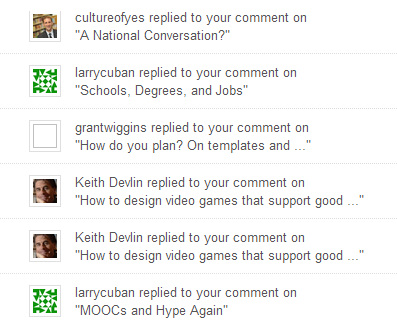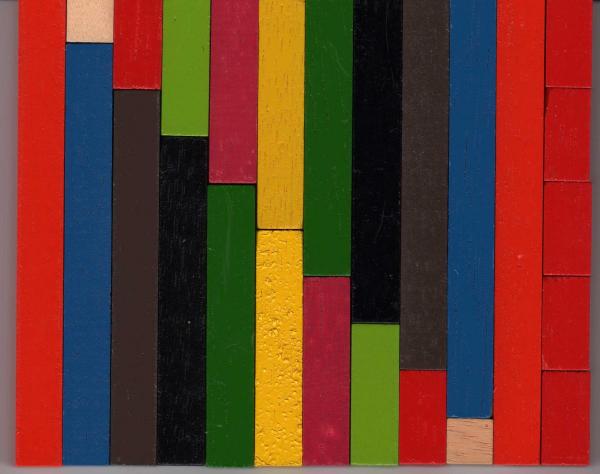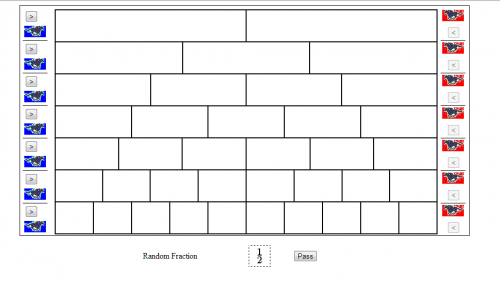People learn through a process much like scientists do, discovering the world through observation. They either consciously or unconsciously hypothesize about how the world should work, collect data, compare the data they have collected to see if it fits in their theory, and then revise their theory if they feel enough evidence has been found. In this way, people construct an understanding of the world around them using what they know as a framework for understanding. Like a scientist, each piece of knowledge a learner is connected through a personally developed taxonomy, and it is through these connections that knowledge is stored, retrieved, and built upon.
Each piece of knowledge people gain has to be fit into their personal schema. At first, people will adjust their hypothesis to make facts fit which seem inconsistent, but eventually if enough contradictory data is collected, people are forced to revise their ideas. This is part of the reason why students have so much difficulty learning topics for which they do not have any background; they are constantly required to create and revisit their hypothesis, and to build theories about the information they are receiving. Learners often struggle to transfer information from one domain to another; their personal schema may not include a connection between the two domains, and so they may be forced to seek new hypothesis about the new domain.
It is crucial during this process that the learner feels comfortable to make mistakes. Instead of feeling pressure to have exactly the right answer, learners must be willing to work through the entire process of learning, and discover their mistakes for themselves. Although it is possible that an individual learner will have an incorrect theory which fits all the facts as they are collected, it is much more likely that conflicts exist between their theory and the data. We also need to be cautious of what types of student questions we answer as a teacher; we should stop answering questions that stop students from thinking for it is through thinking that students will be able to resolve these conflicts and improve their model.
The role of a teacher in this process is to provide an environment where learners are likely to be able to explore ideas, and be presented with feedback on their understanding of these ideas on a regular basis. The teacher must also act as a learner in this process and be open about how they are learning so as to model this for all of the other learners in their learning space. The teacher, with their students, shapes the learning space so as to expose students to new ideas, and to explore the existing worlds the students inhabit.
As I am myself a learner, I attempt to live according to this framework as well which means that I actively try to make meaning of what I observe, study what interests me, and explicitly refine my models of how the world works.








